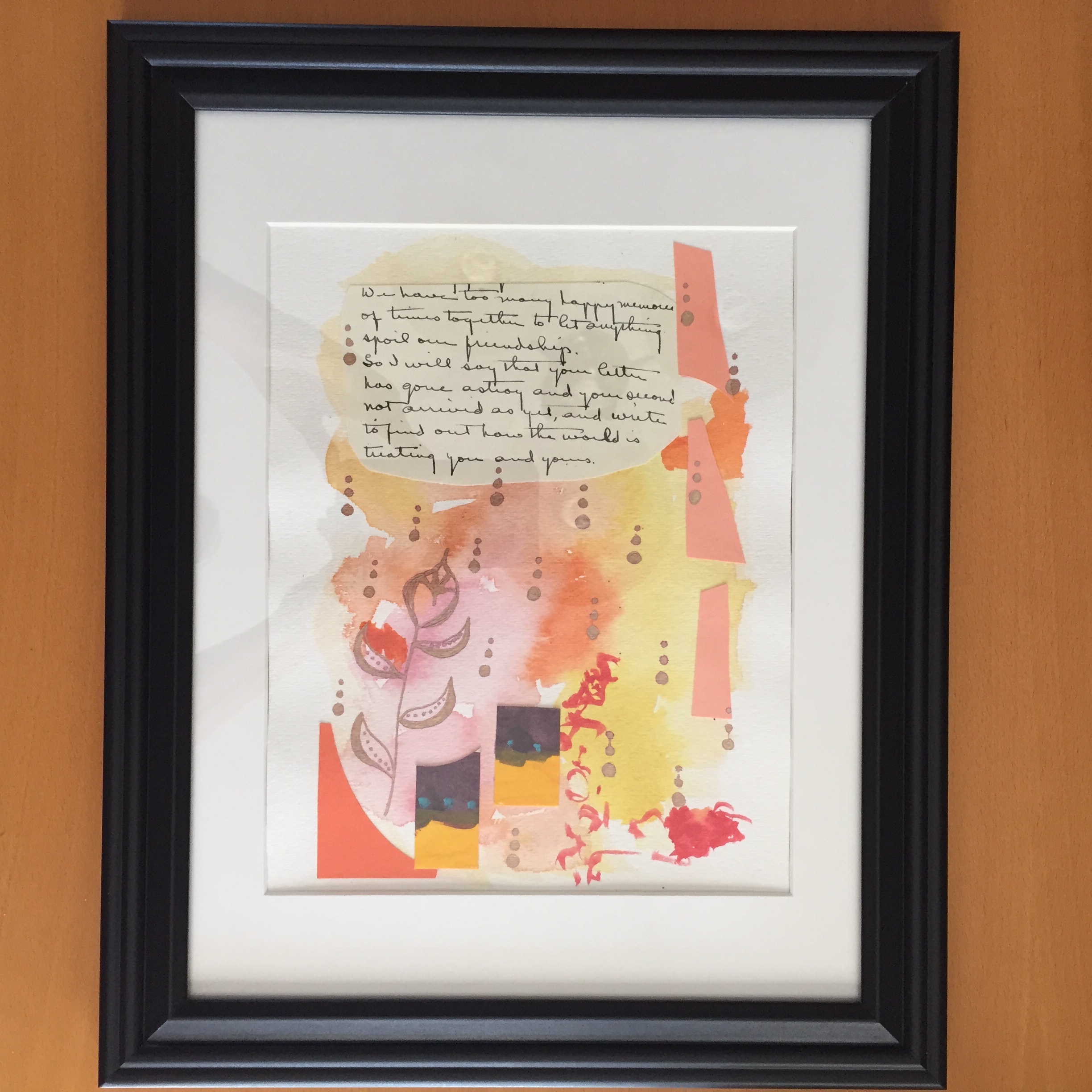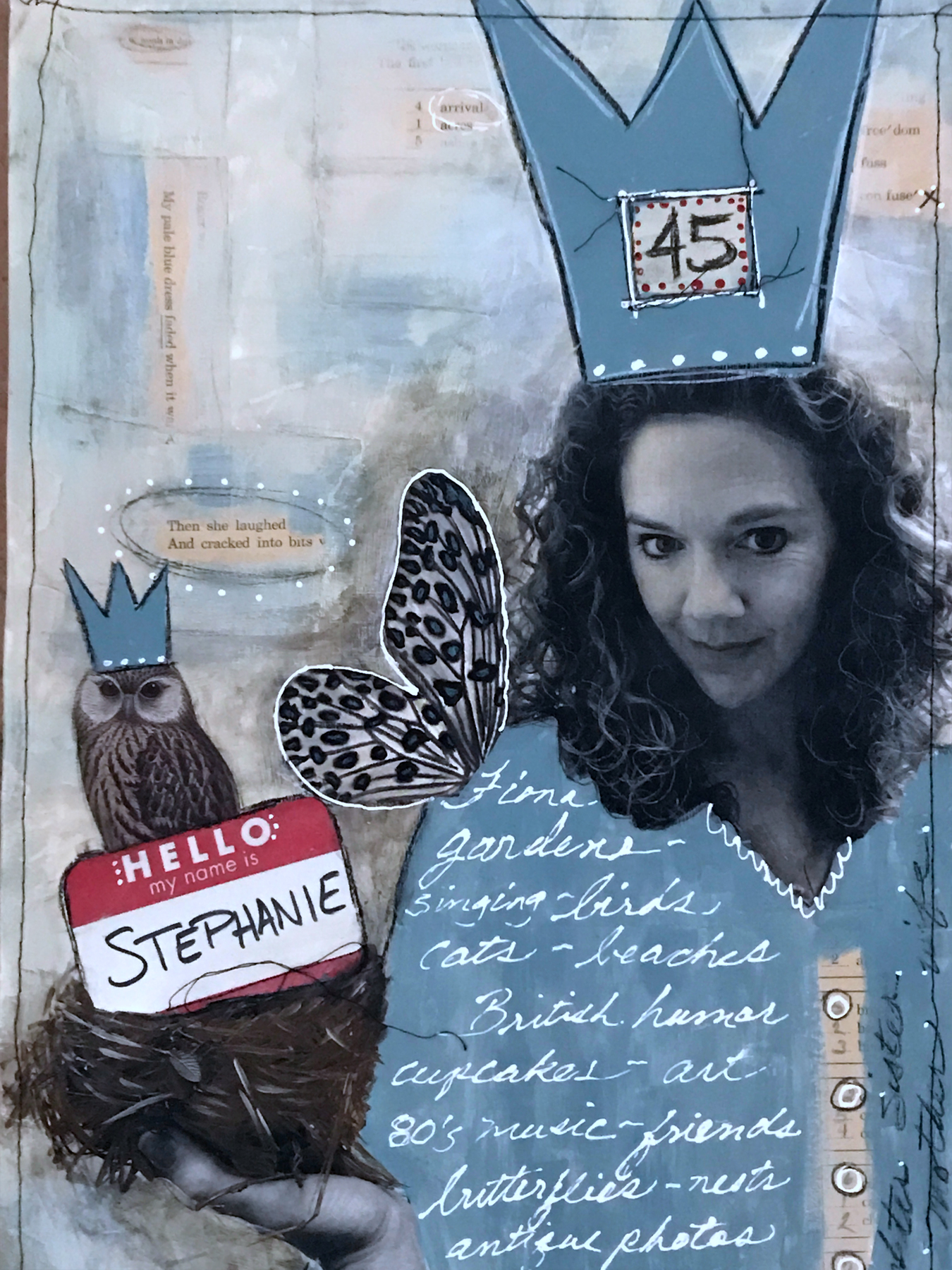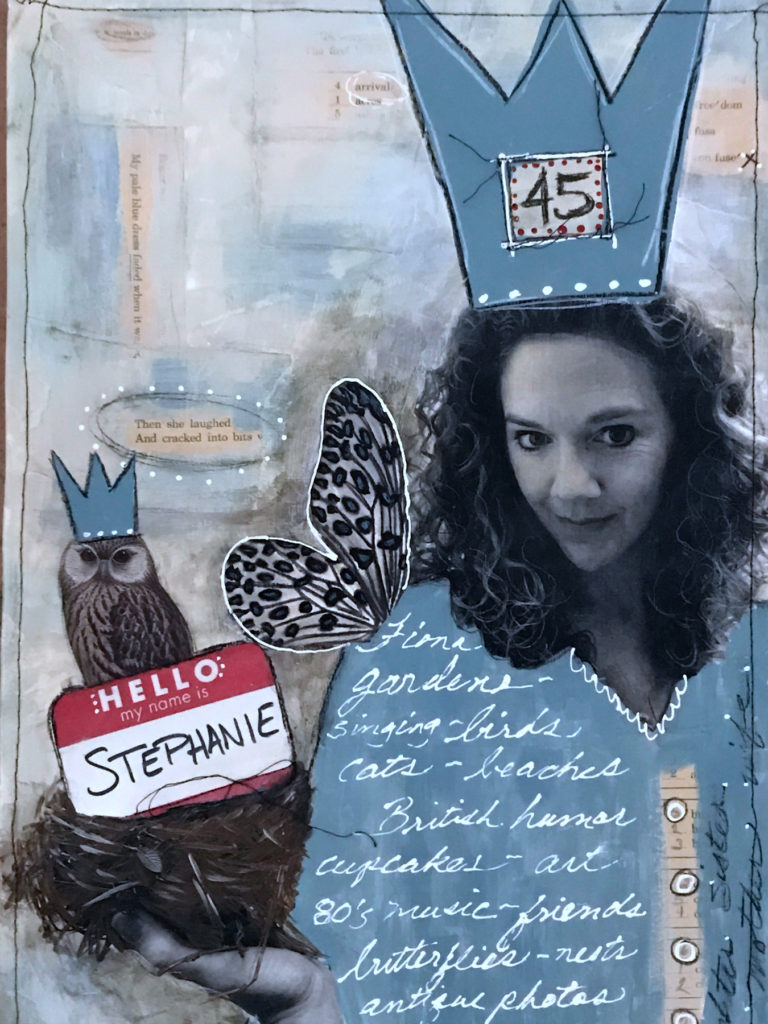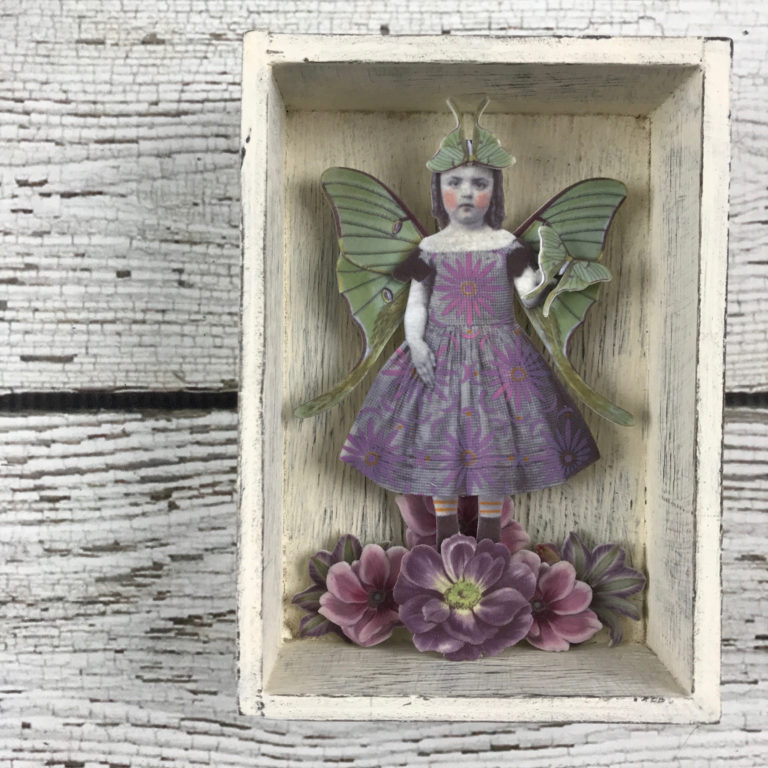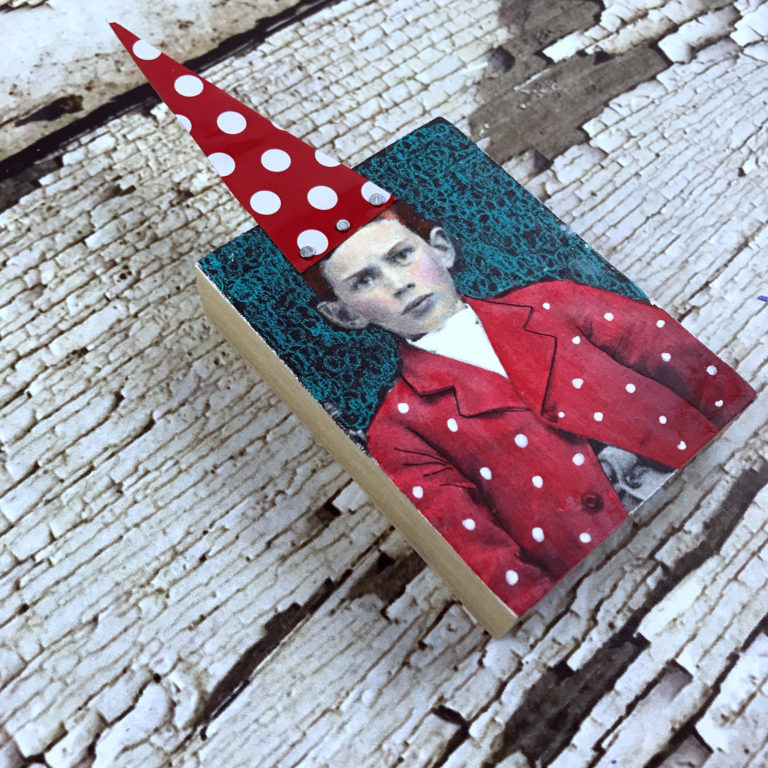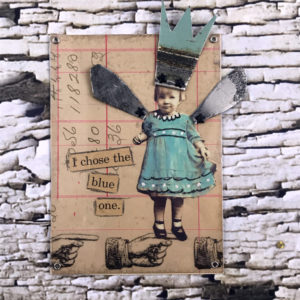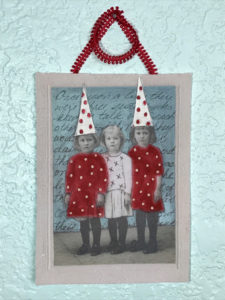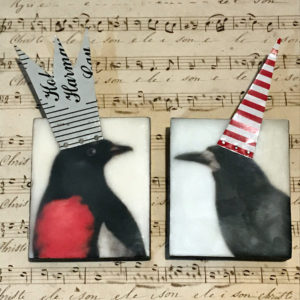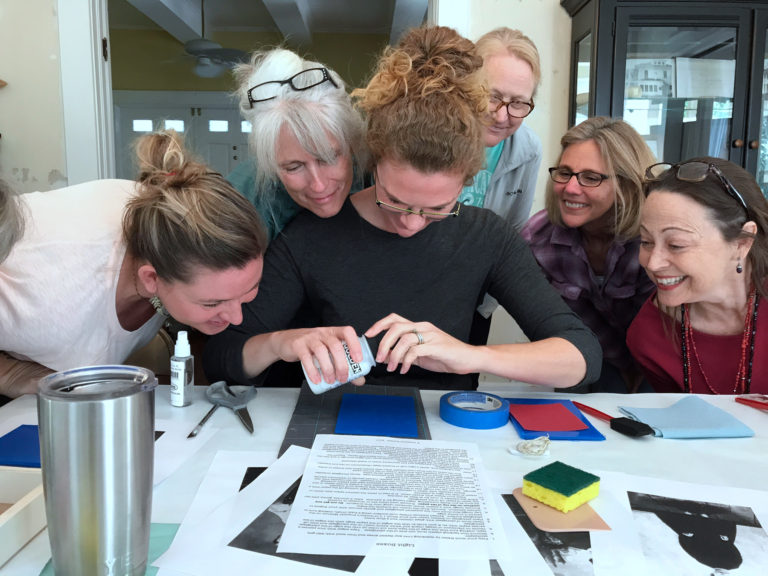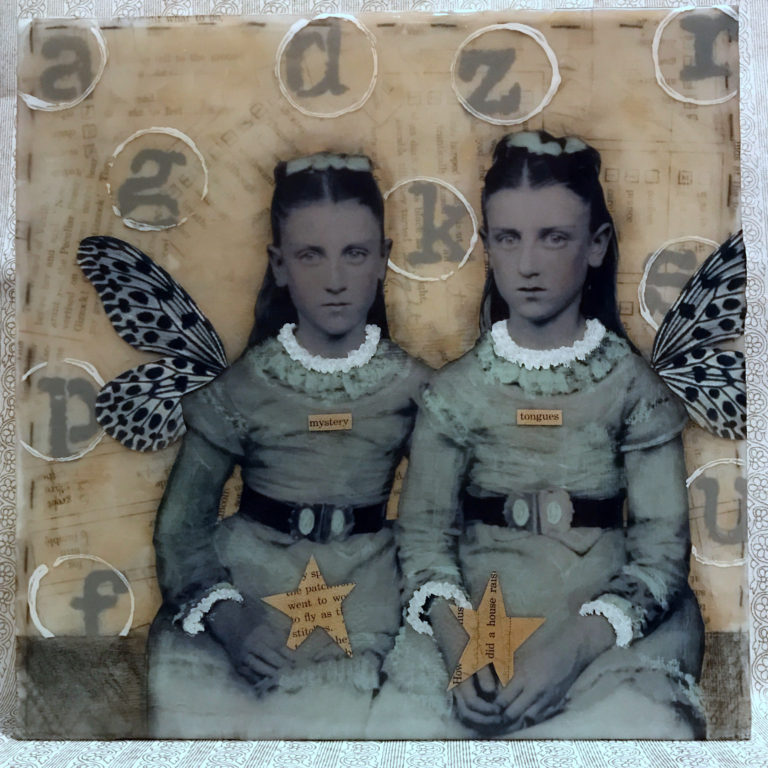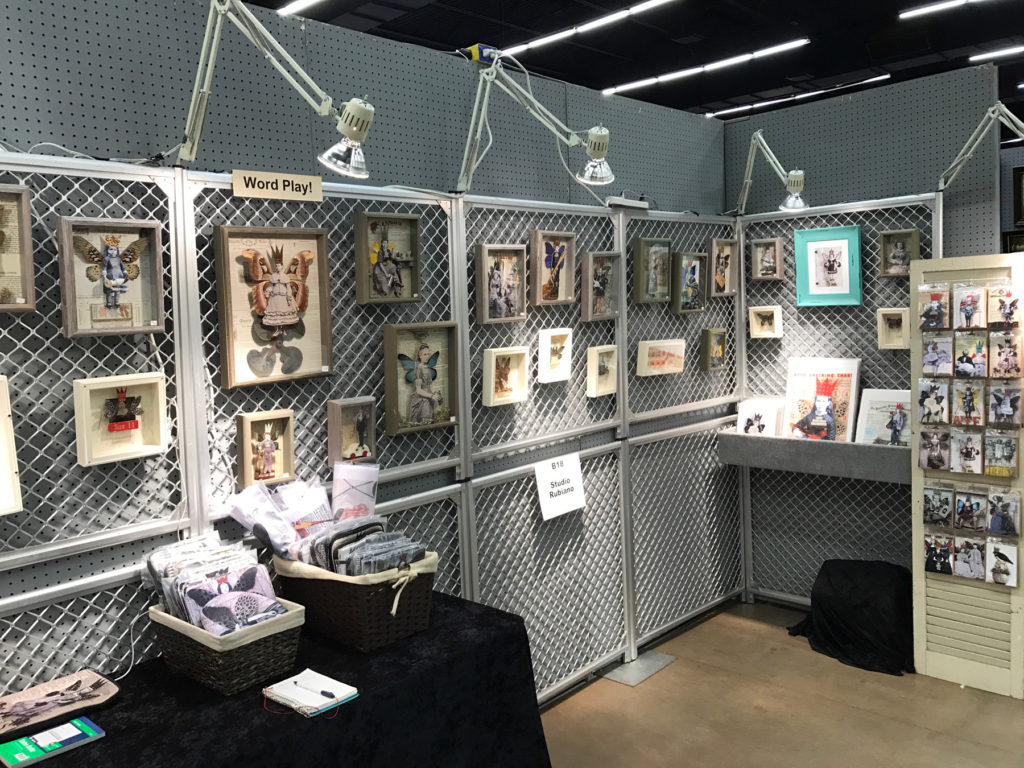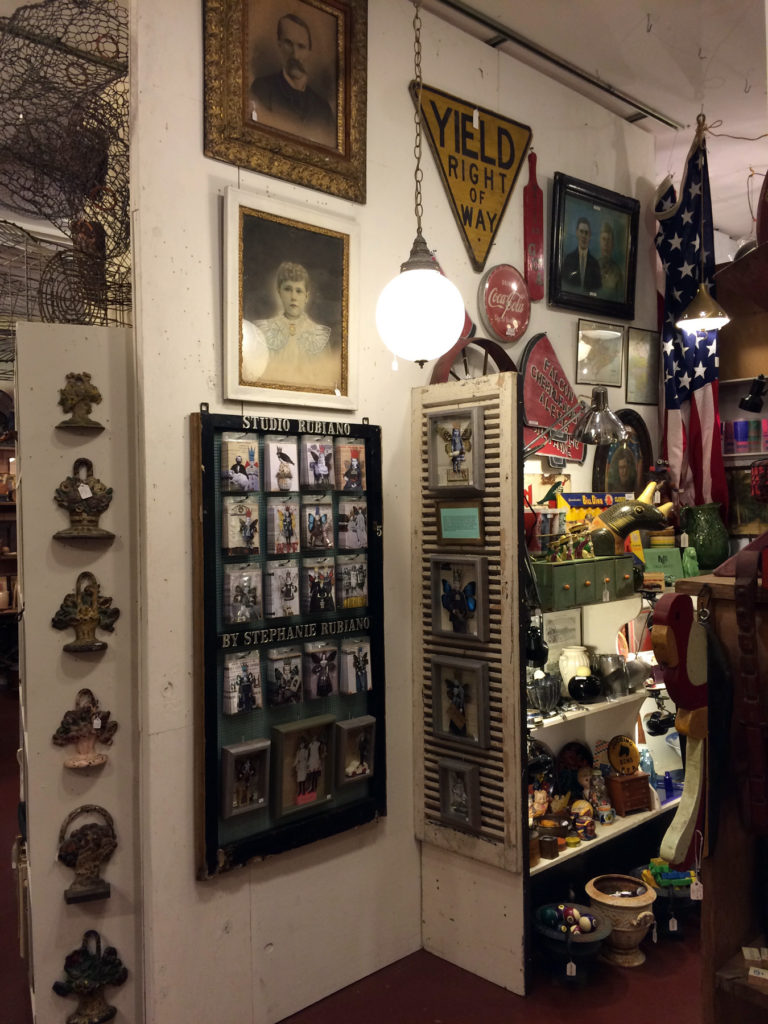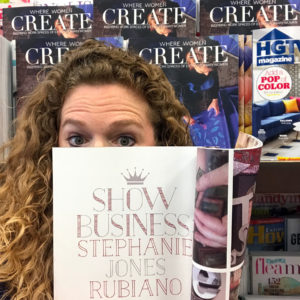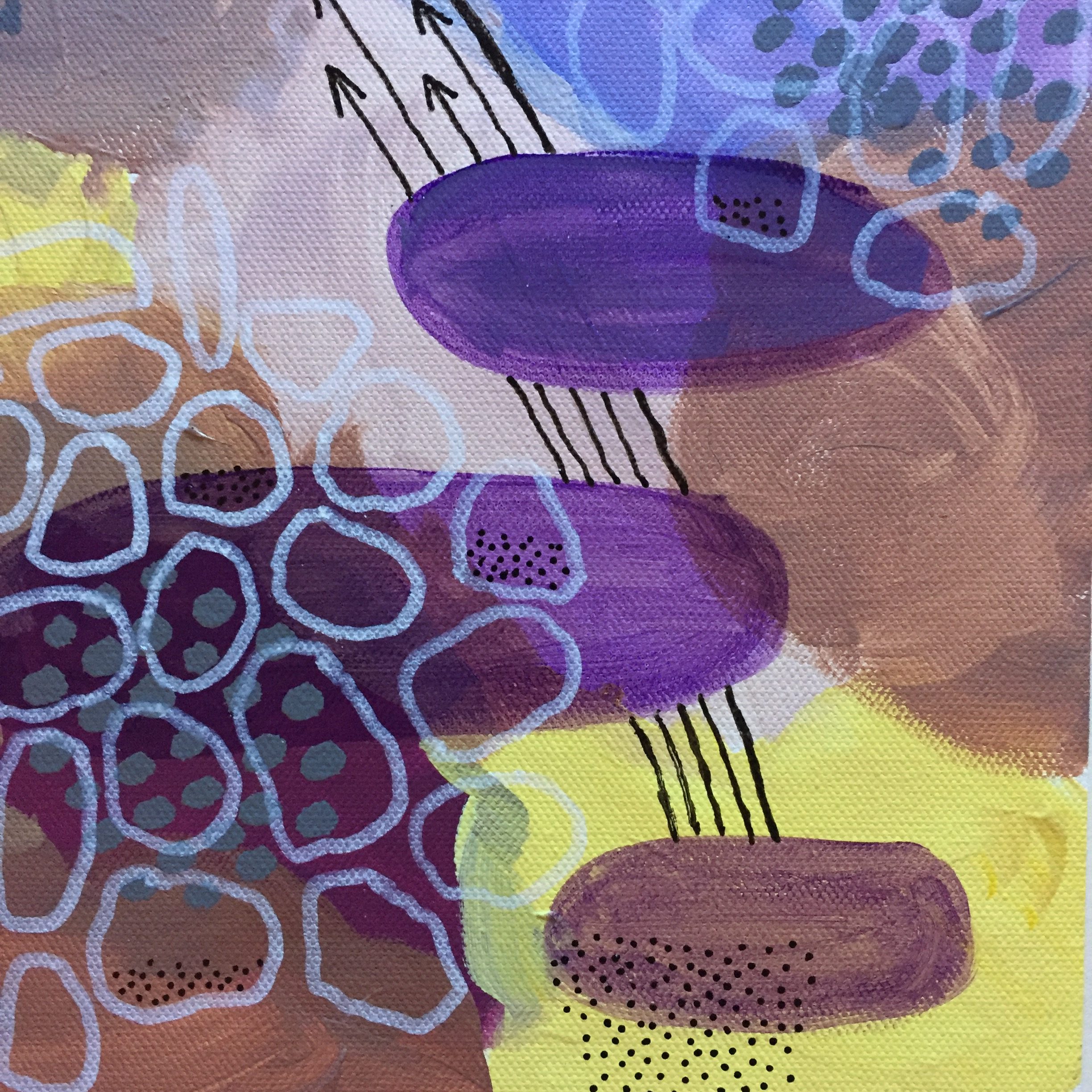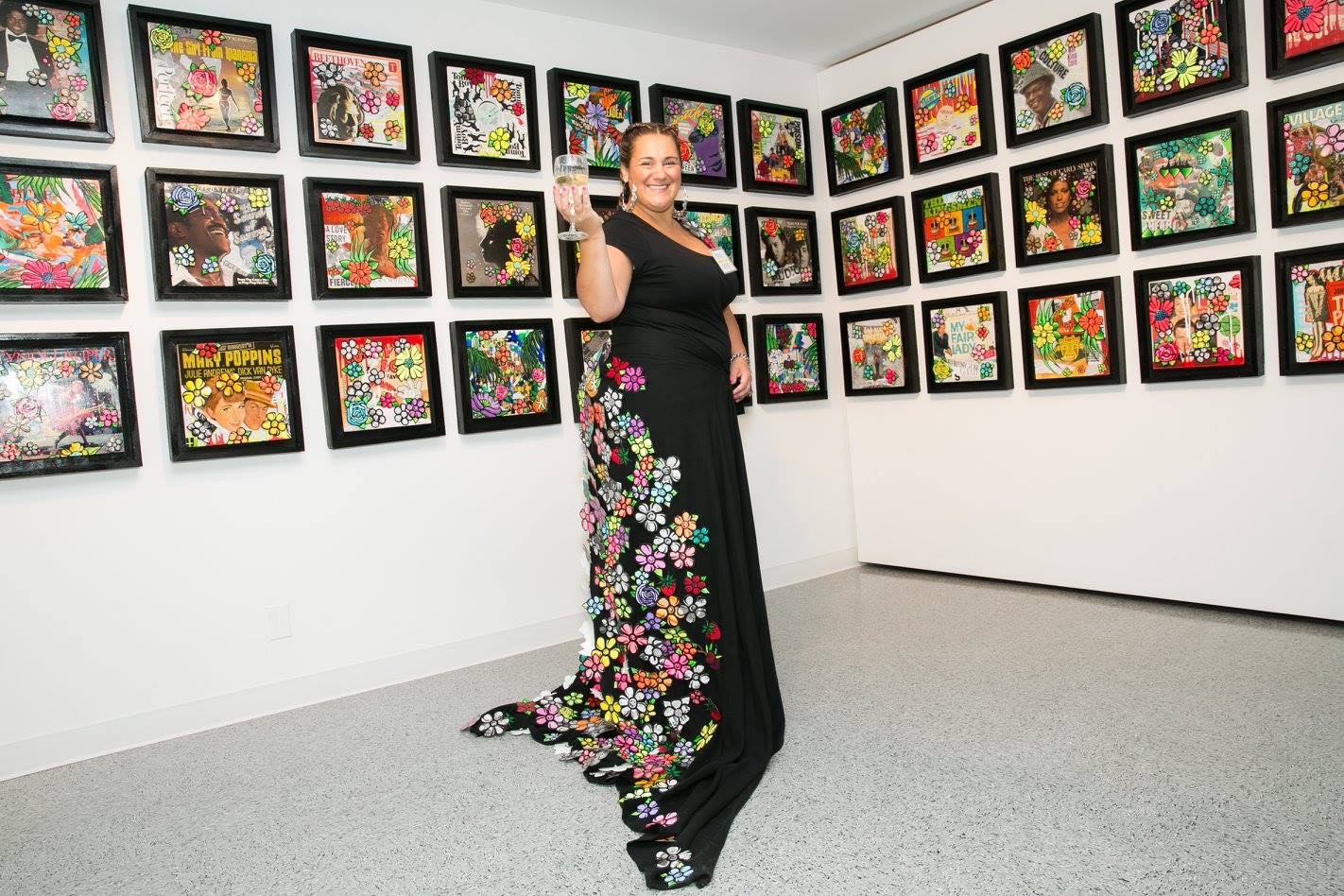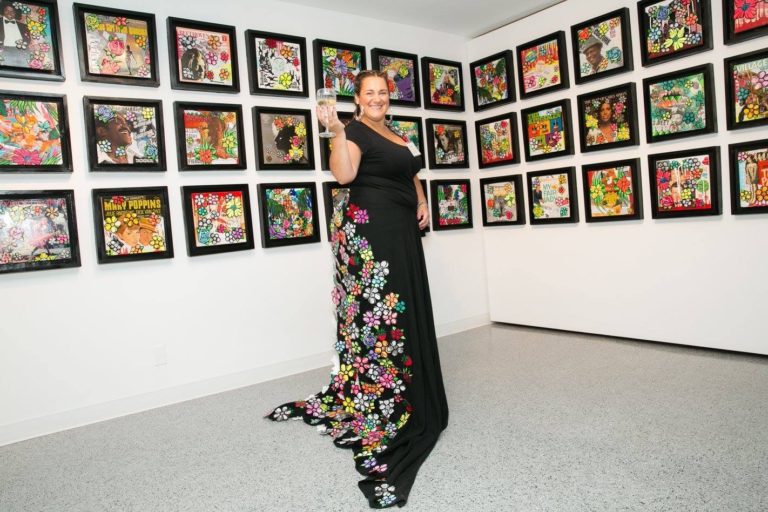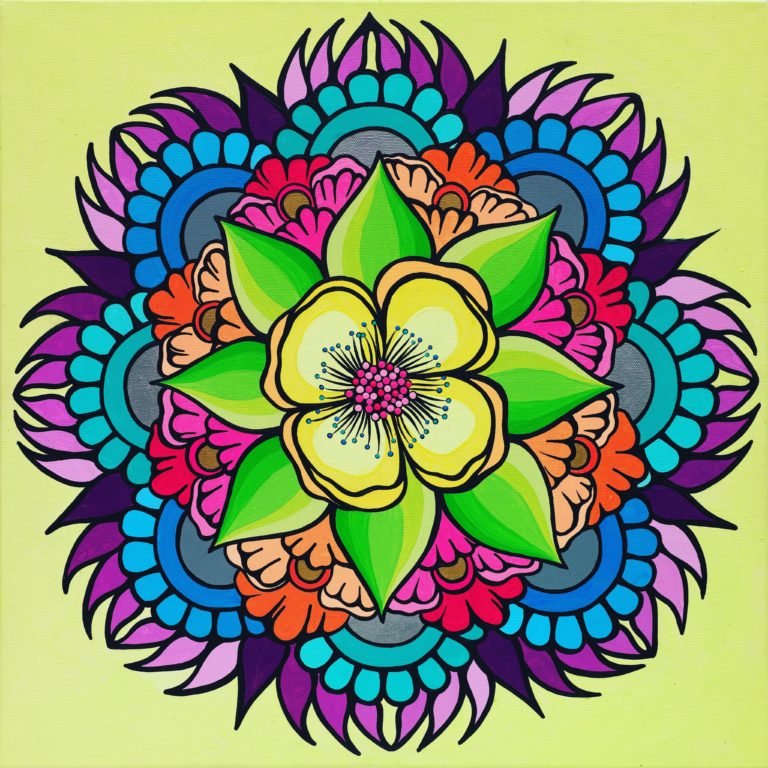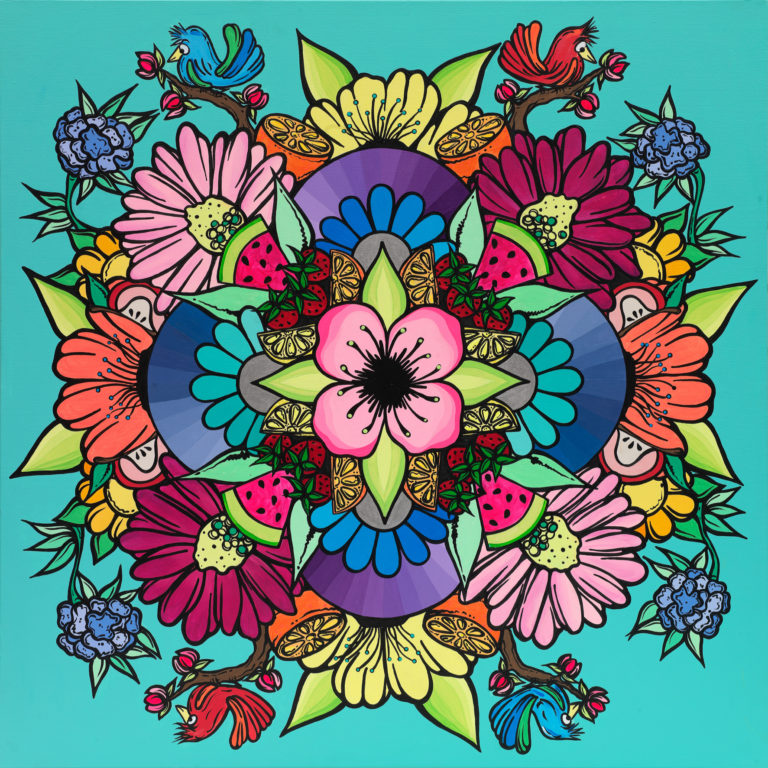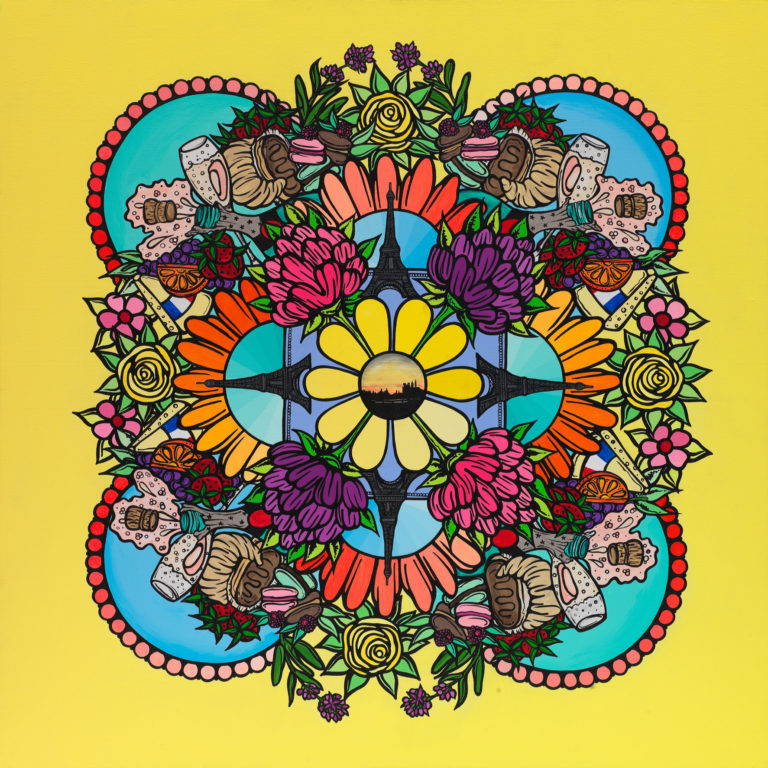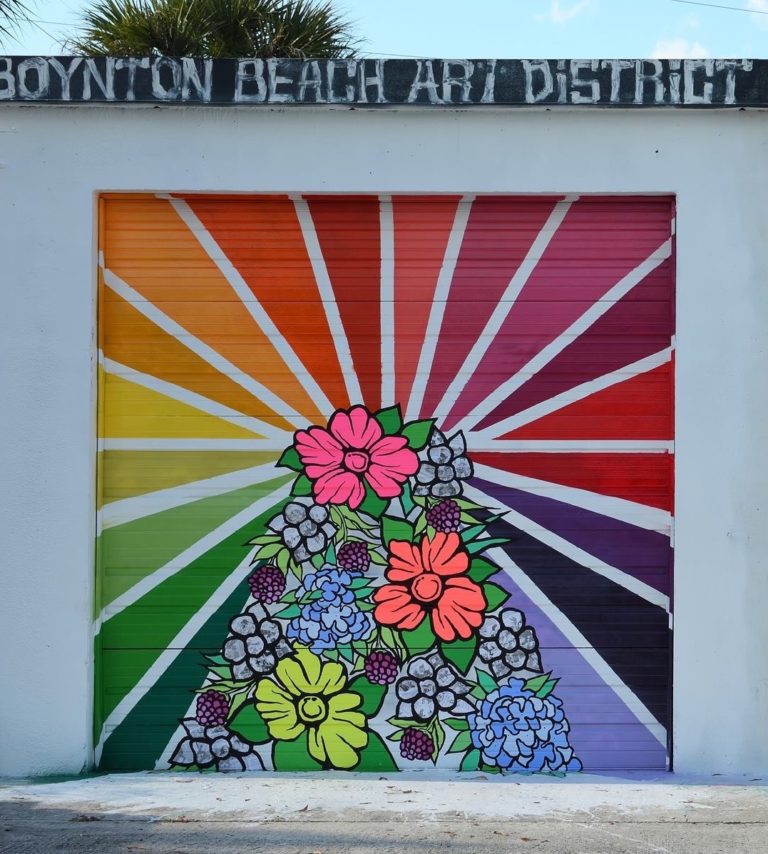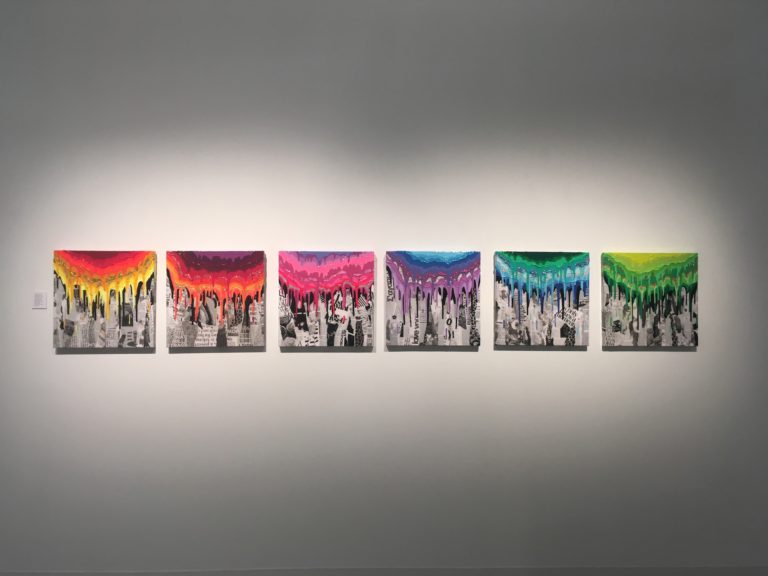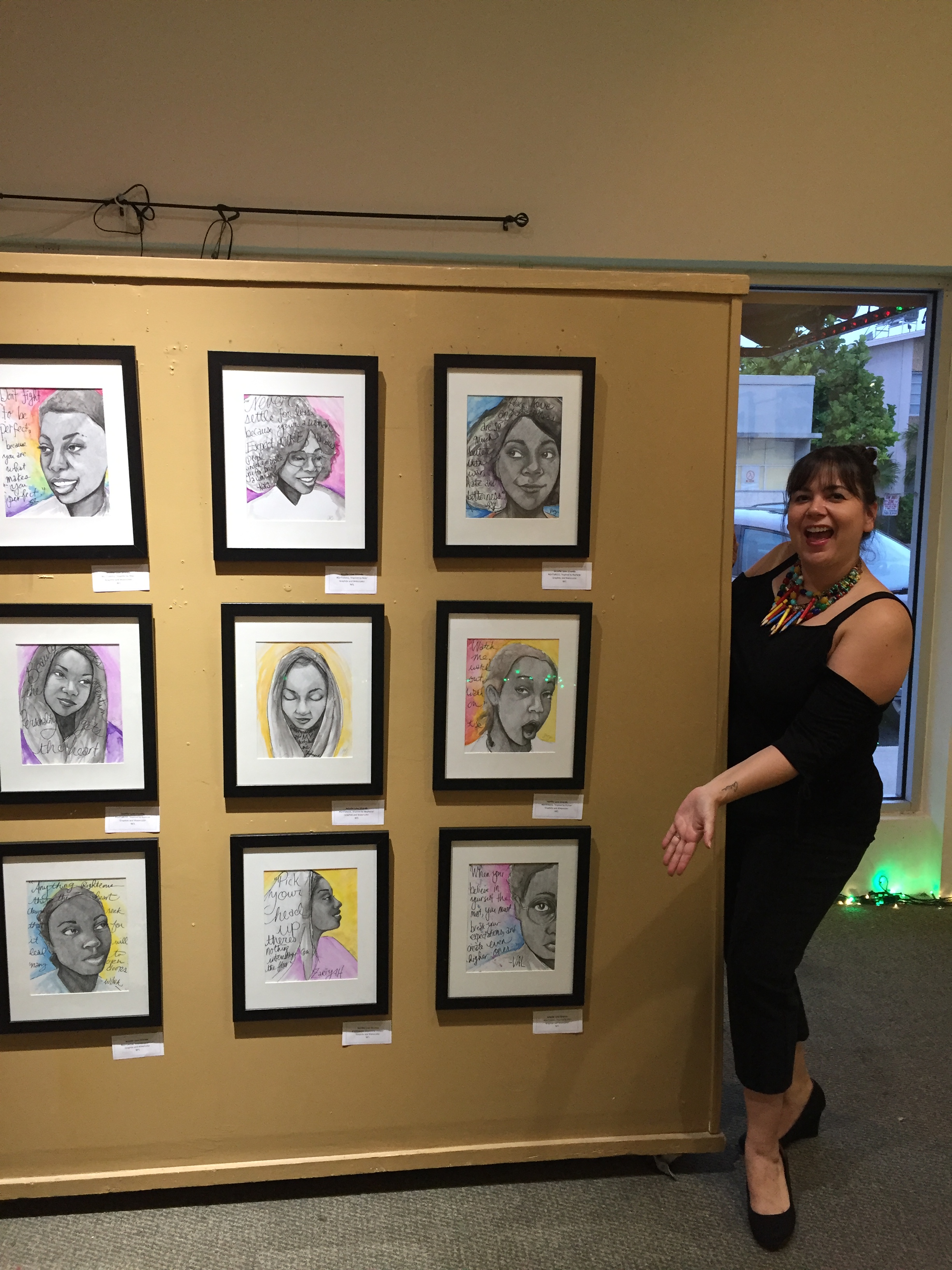#10 Everything You Need to Know about Online Classes
On the Left Brain Artist podcast, I will bring you weekly interviews with artists who are actively creating art and actively selling their art. Of course, I’ve chosen these artists because of the quality of their artwork. But I’ve also chosen them because they have experience showing their work in galleries, stores, festivals, and they have stories to share that can help other artists who want to sell their work. Each week I will bring you an interview with one of these artists. Later in the week, I’ll take one thing we discussed that I think it’s important to expand upon – one thing that they’ve done to increase their business. They’ve had success doing this one thing, and I want to share that success with you.
Listen here or download from any podcast app.
Artists today don’t have to travel to teach classes anymore, they can create online classes from their home and enjoy an additional stream of income. In this bonus episode, I explain what online classes are, where you can find them, and how you can figure out how to host them. Whether you’re taking an online class or creating your own, this business episode is not to be missed.
Here are some links to websites that offer online classes, including those from Stephanie Jones Rubiano (this week’s artist episode) and Stephanie Lee (next week’s artist episode).
Stephanie Lee also offers an e-book on How to Create an Online Class and you can find it on her website here.
If you know of any I can add to this list, give me a link in the comments.
- Post category:Season 1/Show Notes
